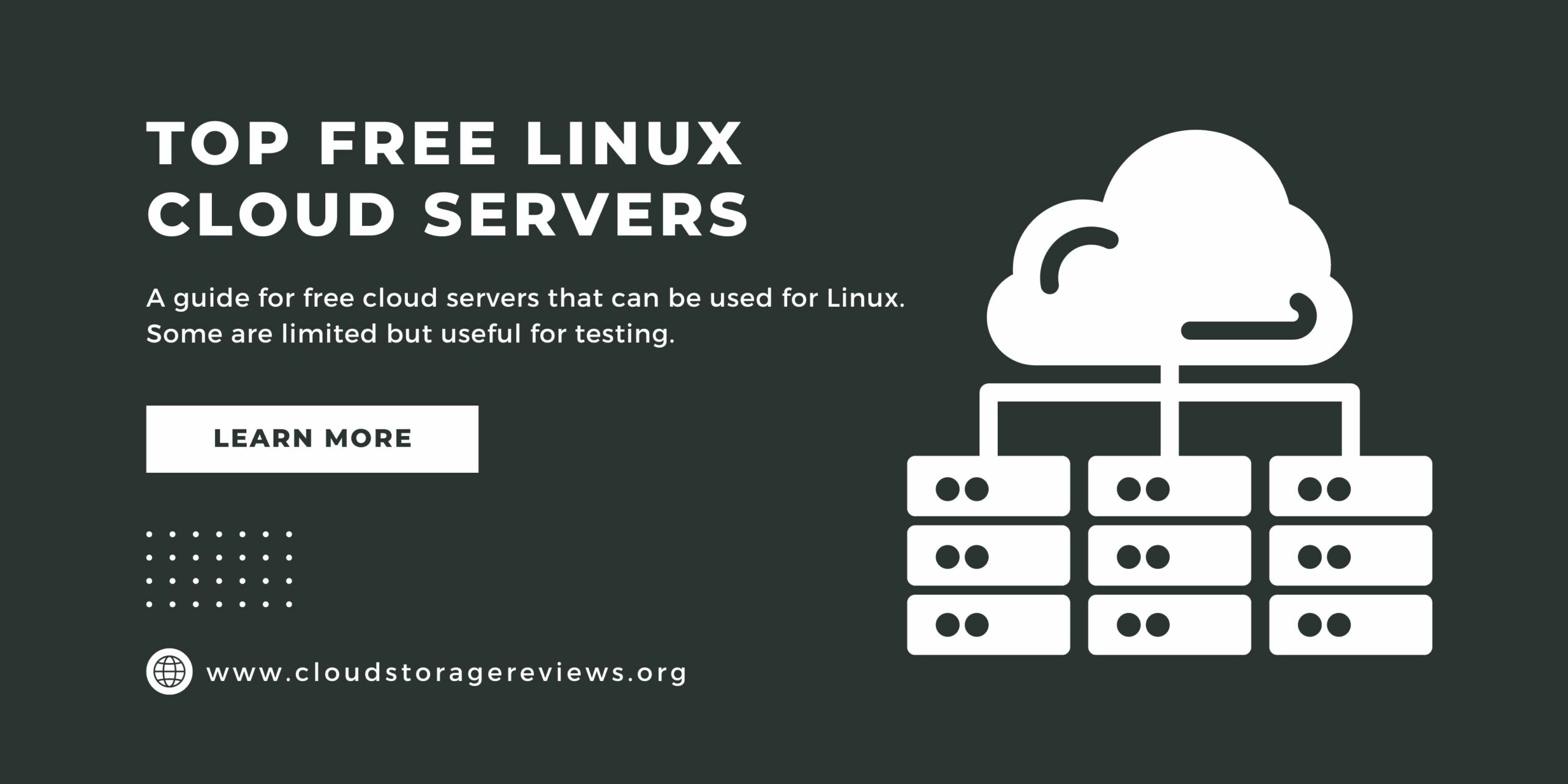As someone who’s been diving into the nitty-gritty of tech for years, I find it exciting to see how the landscape of cloud computing is ever-evolving. With new services popping up every month, the cost of virtualised hardware and software is tumbling. However, amidst the myriad of options, it can be overwhelming to pick the right cloud server that aligns with your needs, especially if you’re committed to using Linux as your OS of choice. So, let’s cut through the noise and look at some of the top free Linux cloud servers on the market.
Top Free Linux Cloud Servers
Google Cloud Platform (GCP)
What’s on Offer:
- A free tier with 30 GB of Standard persistent disk.
- 1 f1-micro instance in regions available.
Why It’s Worth Considering: The f1-micro instances are part of GCP’s free tier, making it an excellent place to start if you’re dipping your toes into cloud computing. Though these instances aren’t suitable for heavy computational work, they are just fine for small to medium web applications. Plus, Google’s extensive suite of additional services such as machine learning and big data tools seamlessly integrate with these instances.
Drawbacks: While the free tier is generous, once you outgrow it, costs can quickly escalate, especially if you’re utilising GCP’s plethora of additional services.
Amazon Web Services (AWS)
What’s on Offer:
- AWS Free Tier includes 750 hours of Linux-based t2.micro instances.
- 30 GB of EBS General Purpose or Magnetic storage.
Why It’s Worth Considering: AWS is a titan in the cloud computing space. The t2.micro instances, though limited in power, offer a balanced level of CPU resources that can be leveraged for small-scale applications. The AWS ecosystem also includes a vast array of complementary services like AWS Lambda and AWS RDS for database management.
Drawbacks: Much like GCP, AWS is not the most cost-effective solution once you exceed the free tier, especially given the added extras like data transfer fees.
Microsoft Azure
What’s on Offer:
- 12 months of free, limited resources including Linux Virtual Machines.
- 750 hours of B1S VMs.
Why It’s Worth Considering: Although traditionally associated with Windows, Azure has been making significant strides in supporting Linux-based solutions. The B1S VM offers a burstable CPU, making it a good fit for applications with inconsistent CPU usage.
Drawbacks: Azure’s pricing model can become complicated, especially if you start to incorporate other services like Azure’s AI and machine learning services.
Oracle Cloud
What’s on Offer:
- 2 VM.Standard.E2.1.Micro Compute VMs
- 100 GB Block Volume Storage.
Why It’s Worth Considering: Oracle Cloud is not as commonly mentioned as AWS or GCP, but it’s a hidden gem for Linux users. It offers a robust and stable architecture and is generally more cost-effective once you’ve exhausted the free tier.
Drawbacks: The interface isn’t as user-friendly as some of the other options, and there’s a steeper learning curve to get started.
Vultr
What’s on Offer:
- $100 promotional credit for 30 days.
Why It’s Worth Considering: Vultr positions itself as a simplified, cost-effective solution. Its wide array of server configurations gives you the freedom to choose an instance that’s right for you. The network is SSD-based and has 17 locations, making it a robust choice for global operations.
Drawbacks: The $100 promotional credit is generous but limited to a month, after which you’ll need to assess if the ongoing costs align with your budget.
Scaleway
What’s on Offer:
- Stardust instances starting at €1.99/month.
Why It’s Worth Considering: If you’re looking for a European-based service with an emphasis on straightforwardness and cost-efficiency, look no further. Scaleway is robust and user-friendly, making it ideal for small to medium-sized projects.
Drawbacks: Limited global reach compared to other providers and less variety in additional services.
Hetzner Cloud
What’s on Offer:
- The CX11 plan at €2.49/month with 20 GB SSD and 2TB transfer.
Why It’s Worth Considering: Another strong European contender, Hetzner focuses on delivering straightforward, no-nonsense cloud services. Their straightforward pricing and strong performance make them a favourite among developers who know exactly what they need.
Drawbacks: Limited data centres and fewer bells-and-whistles compared to some of the larger providers.
UpCloud
What’s on Offer:
- $25 worth of free credits after signing up.
Why It’s Worth Considering: UpCloud boasts some of the fastest cloud servers with quick provisioning times. They offer 100% uptime SLAs and the MaxIOPS block storage technology, which is faster than standard SSD.
Drawbacks: Once your credits are up, the costs can add up if you’re running high-demand applications or require substantial storage.
DigitalOcean
What’s on Offer:
- Droplets starting at $5/month, though no official free tier.
Why It’s Worth Considering: Known for its simplicity and developer-friendly approach, DigitalOcean has a vibrant community and a wealth of tutorials. Ideal for startups and developers who want to launch quickly.
Drawbacks: Lack of advanced enterprise features and services. No official free tier outside of occasional promotions.
Linode
What’s on Offer:
- Plans start at $5/month. $100 in free credits for new users.
Why It’s Worth Considering: Linode focuses purely on providing simplified Linux-based cloud services. Their straightforward pricing model and robust customer service make them a solid choice for those who don’t want to navigate through complex pricing models or service offerings.
Drawbacks: Not as feature-rich as some other providers, and the free credits are limited to new accounts.
Final Thoughts
So there you have it—a neutral, data-driven breakdown of some of the top free Linux cloud servers available today. Each platform has its strengths and weaknesses, and the best fit for you will depend on your specific needs, whether it’s resource availability, additional services, or budget constraints. The market for cloud services is continuously evolving, so keep an eye out for updates and new entrants. In any case, the free tiers are an excellent way to get your feet wet and test the waters before making a financial commitment.
